“It’s called the Darwin orchid.” My friend pointed to the latest addition to her collection.

“Charles Darwin did a lot of research on this orchid,” she continued. “It’s also called the Star of Bethlehem — undoubtedly due to the flower’s shape. It is unique in both shape and size.”
What Are Darwin Orchids?
The Darwin orchid can grow as tall as 3½ feet in height. Its leaves, which can be as long as 16 inches and 3 inches in width, are a dark green with a slight gray tone. Their texture is leathery.
The roots of this orchid are dark gray. They’re quite thick and they project from the stem of the plant to attach to the bark of their tree host. There aren’t many roots, but they extend along the trunk for several meters.
The plant produces 1 to 5 flowers at a time. The star-shaped flower begins slightly green when it first opens, then turns white with green tones. As the flower ages, it turns yellowish and then orange and brown before wilting.

The long green spur is distinctive, stretching 10 to 16 inches from the spur’s tip to the flower’s lip.

The end of the spur is full of nectar which contains the sugars fructose, sucrose, glucose, and raffinose. At night, the air around the plant is filled with a strong spicy scent.
Common Names
The Darwin orchid, comet orchid, Christmas orchid, the Star of Bethlehem, and the King of the Angraecums, Angraecum sesquipedale is an epiphytic orchid. An epiphytic orchid grows on another plant and soaks up moisture and nutrients from the surrounding air and water.
Natural Habitat
The Darwin orchid is a tree-loving orchid. It’s found in the Madagascar lowlands near the east coast, usually on trees on the edge of forests. It prefers trees with fewer leaves, doing well where the branches or trunk are driest. The larger the plant, the lower it grows on the tree (usually about 12 to 20 feet above the ground).

Darwin orchids prefer a moist environment where there’s heavy rainfall, usually up to 150 inches per year. Since there really is no dry season in this habitat, there is no lull in the growing season. It’s continuous.
Growing Conditions
Although it enjoys a very moist environment, the Darwin orchid grows well in warm conditions with as much light as possible without burning the leaves. To encourage lots of flower growth when growing this orchid indoors, light intensity must be greatest between September and November. It tends to have a slow growth cycle, but even immature plants can produce flowers.
Propagation
From Darwin’s studies of this plant, and his theories (as well as studies of other specialists), the Darwin orchid is pollinated by the Morgan’s sphinx moth. The moth sucks the nectar from the spur then proceeds to the next orchid where it both collects more nectar and pollinates the plant.
Pests and Growing Problems
The Darwin orchid has sensitive roots. Disturbing the roots can cause the plant to lose many of its lower leaves, minimize the number of flowers it produces at one time, or even kill the plant. Putting the orchid in a large pot will lessen the need to transplant it and disturb the roots.
Like other orchids, the Darwin orchid can be infected by several pests. Aphids are a particular concern as they congregate on new growth, flower buds, and underneath the leaves. This pest distorts the leaves and reduce the number of flowers the plant will produce.
Mealybugs, the tiny white, cottony insects that are found on many plants, can also cause leaf distortion and stunted growth.
Spider mites are another problem, as are scale insects and thrips, all which can cause significant damage to the leaves and stunt the overall plant growth.
The best and safest way to deal with any of these pests is by manually removing each bug, either by scraping them off with your fingernail, or wiping the infected leaves with a wet cloth. This can be overwhelming depending on the magnitude of the infestation. Insecticidal soaps and horticultural oils can work well. Chemical insecticides can be used with care, so as not to harm the plant.
The best way to treat pests is through preventive measures. Inspect new plants that are added to your collection, and regularly check the plants already in your care. Keep the humidity levels high to discourage pests like spider mites and maintain good air circulation. Don’t overwater. Water thoroughly, but allow the plant to dry between waterings, and don’t leave water to sit in the potting mixture as it promotes rot.
Uses
This unique and stunning orchid’s principle use is for scientific research, particularly in the study of coevolution.

The Morgan’s sphinx moth (mentioned above) is an example. Its enormous 12-inch proboscis evolved to feed on the nectar of the orchid, while at the same time, pollinating the flower. The process fascinated Darwin.
Conclusion
A unique orchid with a special aroma that permeates the air at night, the Darwin orchid is a scientific revelation that has attracted some of the great scientists since Darwin’s first theories about its connection to the Morgan’s sphinx moth. Evolution and coevolution theories surrounding this orchid continue to abound.













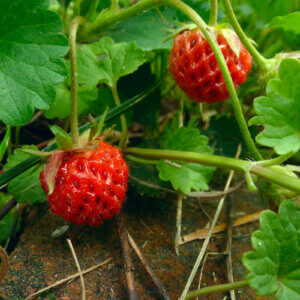

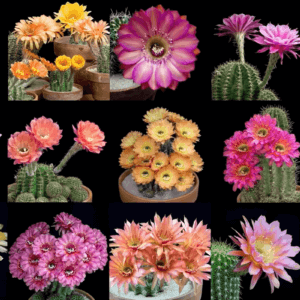

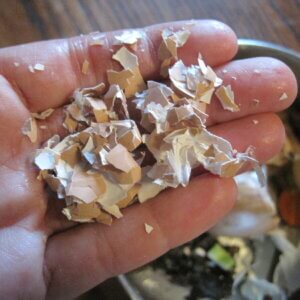






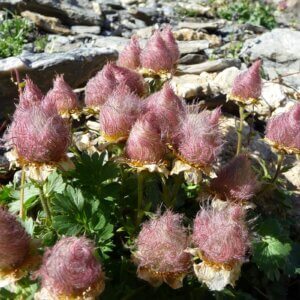





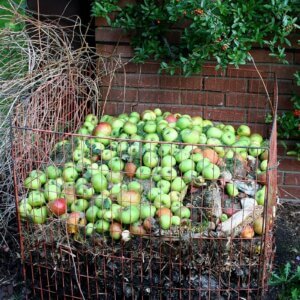





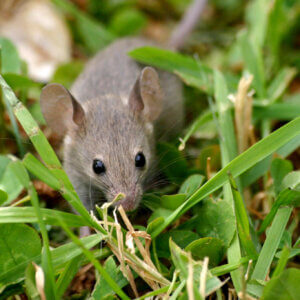



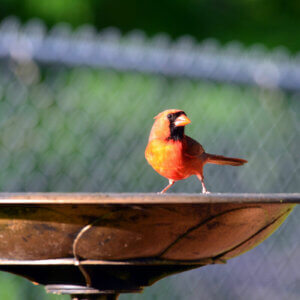

Leave a Reply